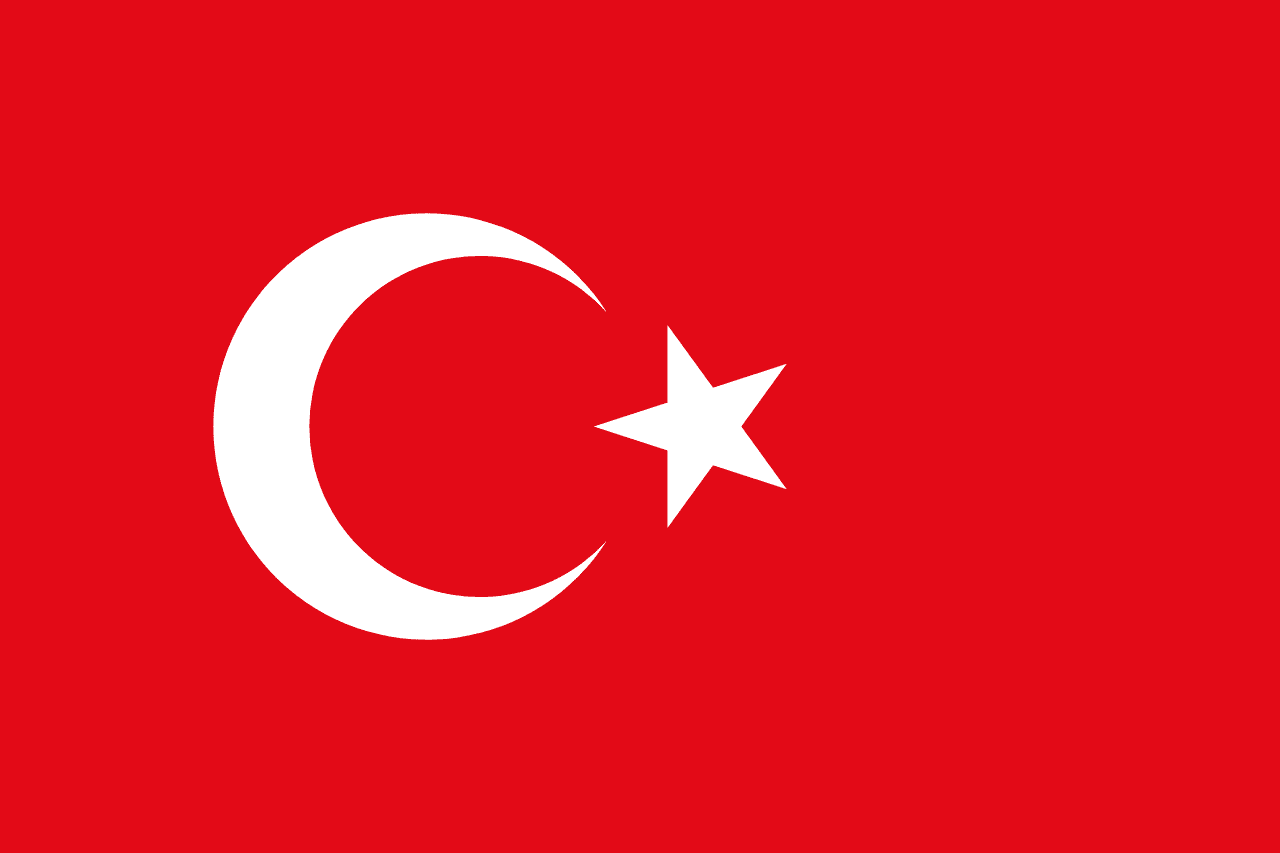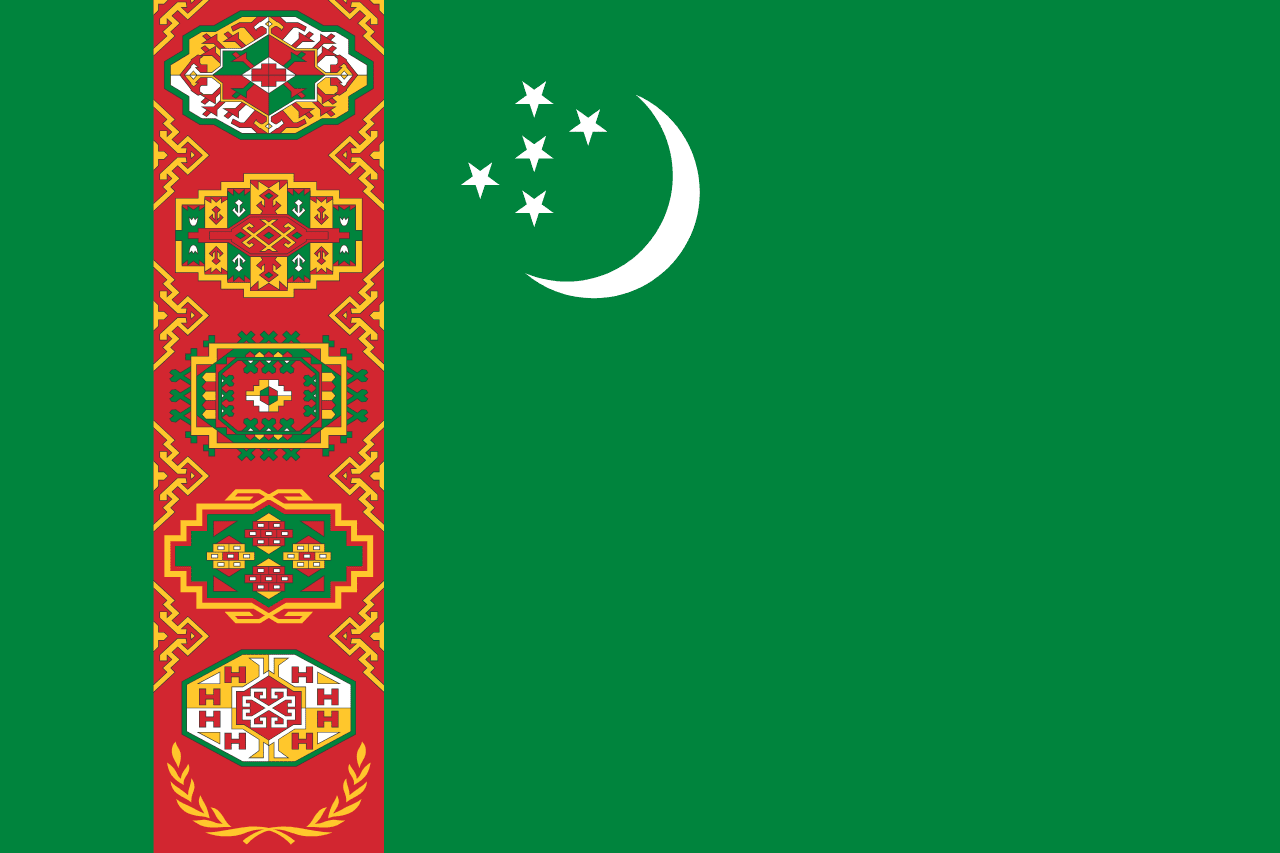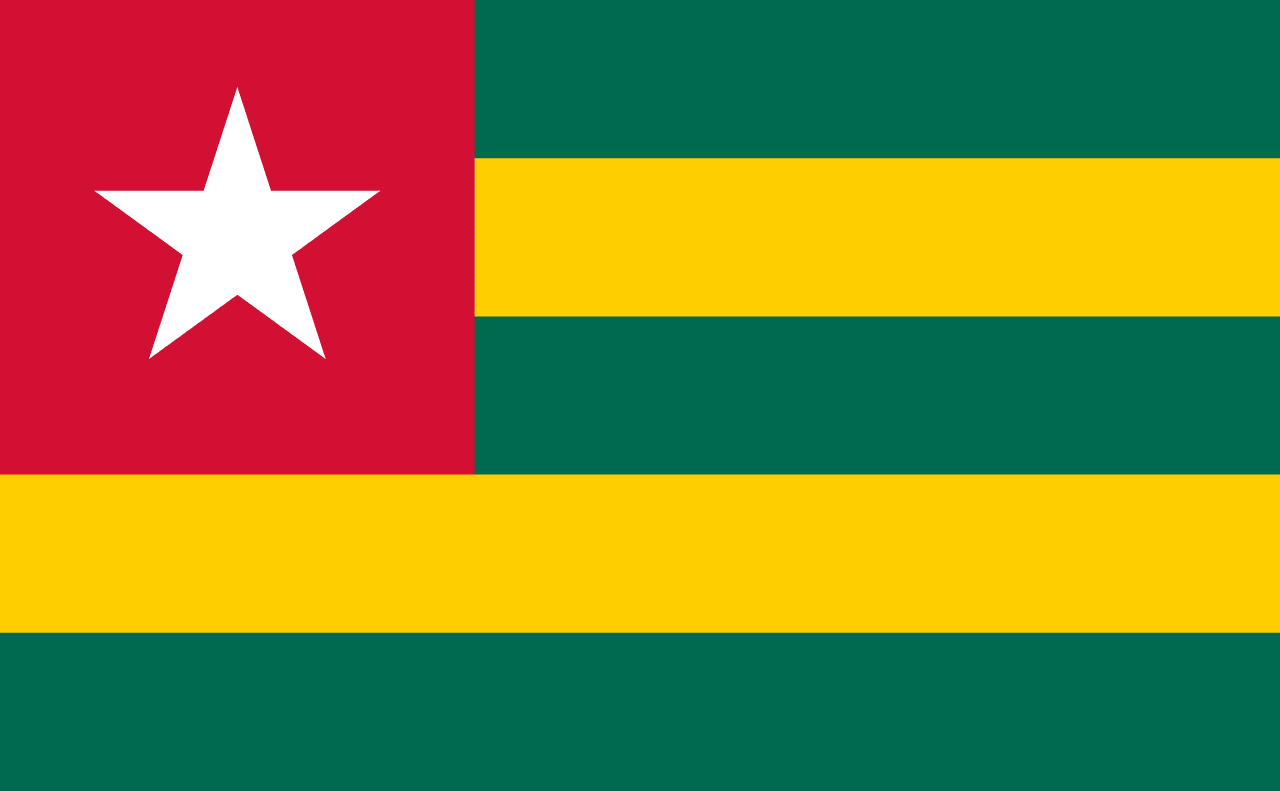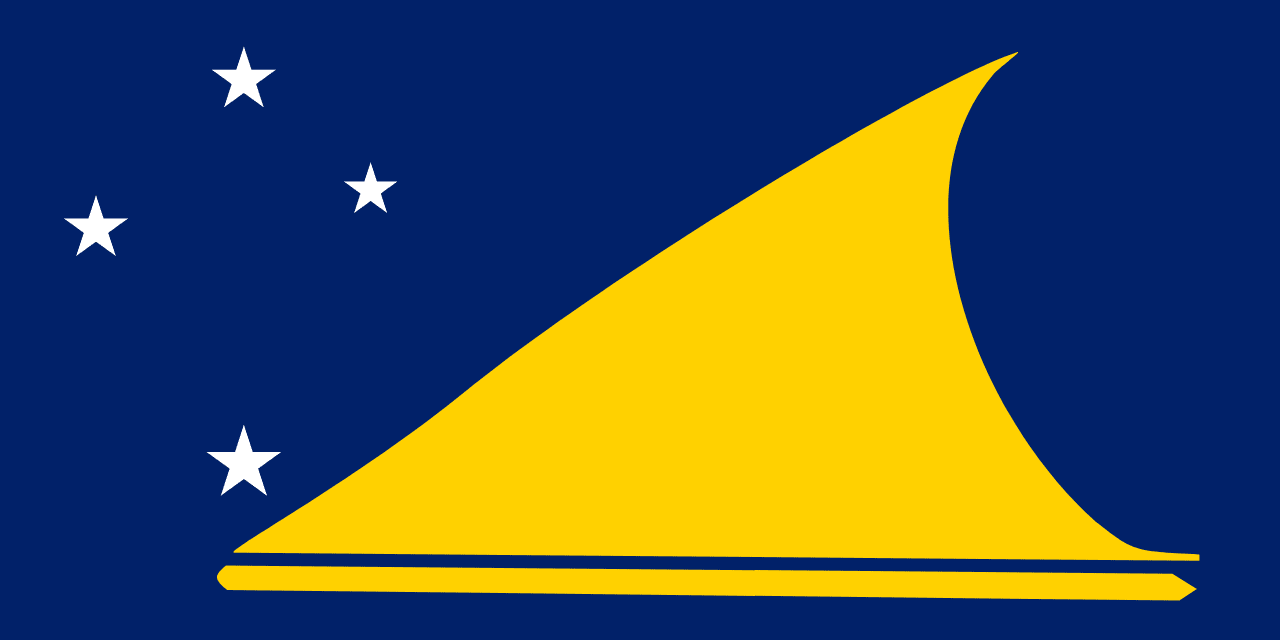The flag of Trinidad and Tobago features a striking design with a red field bisected by a black diagonal band bordered in white. This bold configuration represents the unity, strength, and vibrant spirit of the twin-island nation.
Trinidad and Tobago information
| National Flag Day | August 31st |
| Sovereign state | Yes |
| Official name | Republic of Trinidad and Tobago |
| Capital | Port of Spain |
| Population | 1,403,375 |
| Area | 5,131 km² |
| Currency | Trinidad and Tobago dollar (TTD) |
| Language | English |
| Continent | North America |
| Region | Caribbean |
| Subregion | Lesser Antilles |
| Borders | — |
| Timezone | Atlantic Standard Time (AST) UTC-4 |
| Calling code | +1 868 |
| Top-level domain | .tt |
History of the Trinidad and Tobago flag
 The flag was officially adopted on August 31, 1962, coinciding with Trinidad and Tobago's independence from British rule. Its design was the result of a committee formed to create national symbols for the newly independent nation. The committee was led by Dr. Patrick Solomon, then Minister of Home Affairs, and included notable artists and cultural figures. The final design was created by Carlisle Chang, a prominent Trinidadian artist and designer.
The flag was officially adopted on August 31, 1962, coinciding with Trinidad and Tobago's independence from British rule. Its design was the result of a committee formed to create national symbols for the newly independent nation. The committee was led by Dr. Patrick Solomon, then Minister of Home Affairs, and included notable artists and cultural figures. The final design was created by Carlisle Chang, a prominent Trinidadian artist and designer.
Symbolism and design of the Trinidad and Tobago flag
Each element of the Trinidad and Tobago flag carries significant symbolic meaning:
- The red field symbolizes the vitality of the land and its people, the warmth and energy of the sun, and the courage and friendliness of the nation's inhabitants.
- The black diagonal band represents the strength and unity of the people of Trinidad and Tobago. It also symbolizes the earth's resources and the country's industrial strength.
- The white borders of the black band signify the sea by which the islands are bound, the purity of the nation's aspirations, and the equality of all people under the sun.
The diagonal arrangement of the bands is meant to represent the two islands united in their purpose and pride.
Usage and significance of the Trinidad and Tobago flag
 The flag of Trinidad and Tobago is a powerful symbol of national identity and pride. It is prominently displayed on government buildings, schools, and during national celebrations such as Independence Day (August 31st) and Republic Day (September 24th). The flag serves as a unifying emblem, reminding citizens of their shared history, cultural diversity, and collective aspirations for the future.
The flag of Trinidad and Tobago is a powerful symbol of national identity and pride. It is prominently displayed on government buildings, schools, and during national celebrations such as Independence Day (August 31st) and Republic Day (September 24th). The flag serves as a unifying emblem, reminding citizens of their shared history, cultural diversity, and collective aspirations for the future.
In international contexts, the Trinidad and Tobago flag represents the country at diplomatic events, United Nations gatherings, and global sports competitions. It embodies the nation's sovereignty and its unique place in the Caribbean and global community.
Interesting facts about the Trinidad and Tobago flag
- Trinidad and Tobago is renowned for its Carnival celebration, one of the largest and most colorful in the Caribbean, where the national flag is prominently displayed.
- The country is the birthplace of steelpan music, and the flag is often seen at cultural events celebrating this unique musical tradition.
- The proportions of the Trinidad and Tobago flag are 3:5, a ratio that is less common among national flags.
- The flag's designer, Carlisle Chang, was also responsible for designing other national symbols, including the Coat of Arms of Trinidad and Tobago.
- In 2018, the government of Trinidad and Tobago established National Flag Day on August 31st to encourage citizens to display the flag and reflect on its meaning.





